🚗 The electric vehicle (EV) market is evolving rapidly, and affordability remains one of the biggest barriers for consumers. Toyota’s upcoming 2026 Toyota C-HR+ could be a game-changer if it delivers on performance, range, and, most importantly, price. While official pricing details are still under wraps, industry speculation suggests that if it enters the market at around $30,000, it could significantly shift consumer interest.
For car dealerships, this presents a crucial opportunity. Affordable EVs could attract a new wave of customers, increase showroom traffic, and create demand for BDC solutions that help dealerships manage leads efficiently.
1. Why Affordable EVs Matter for Dealerships
High EV prices have made it difficult for dealerships to move inventory quickly. While luxury EVs dominate headlines, budget-conscious buyers—a major segment of the market—have been waiting for an option that balances affordability with performance. If Toyota successfully launches an EV with competitive pricing, dealerships could see an influx of first-time EV buyers who require education, financing assistance, and long-term service support.
2. How BDCs Can Capitalize on EV Demand
With new EV models entering the market, BDC teams must be prepared to handle increased inquiries. A well-structured lead nurturing system can help dealerships:
✔ Educate potential buyers on EV tax incentives, charging infrastructure, and maintenance costs.
✔ Follow up with leads who show interest but hesitate due to range concerns.
✔ Book test drives and consultations for customers unfamiliar with EV technology.
3. Selling the Experience, Not Just the Car
For many buyers, transitioning to an EV isn’t just about price—it’s about confidence in the charging network, battery longevity, and daily usability. Dealerships that position themselves as EV experts by offering personalized customer education, clear financing options, and transparent ownership benefits will secure more sales.
4. Preparing for the Shift in Sales Strategy
Affordable EVs will introduce a new type of buyer—one who may not have considered an EV before. Sales teams should be trained to handle common objections, including:
🔹 Range Anxiety: Addressing misconceptions about mileage and charging options.
🔹 Charging Infrastructure: Highlighting home charging solutions and partnerships with fast-charging networks.
🔹 Total Cost of Ownership: Explaining how fuel savings, tax incentives, and lower maintenance costs make EVs a smart investment.
Final Thoughts
Toyota’s C-HR+ could be the affordable EV that changes the game. If pricing aligns with expectations, dealerships need to adapt their sales strategies and BDC operations to meet demand. Those who embrace EV education, digital lead nurturing, and a customer-first approach will be in the best position to dominate this growing segment.
